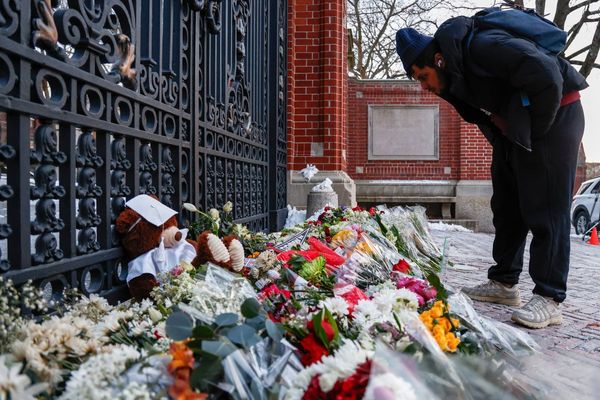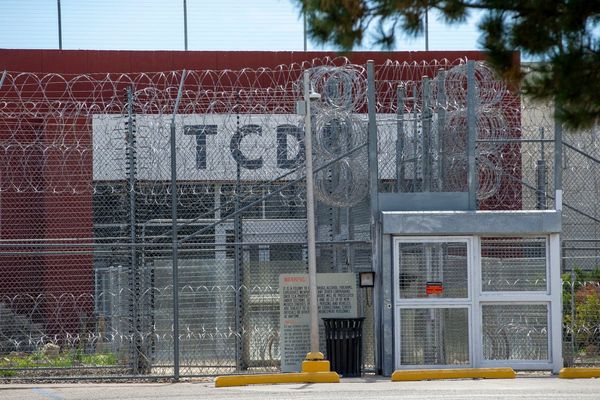
Britain’s unemployment rate has reached its highest level since June 2021, while workers have also faced a significant slowdown in wage growth, official figures reveal.
The Office for National Statistics (ONS) reported the UK jobless rate rose to 4.7% in the three months to May, an increase from 4.6% in the preceding three months to April.
Concurrently, average earnings growth, excluding bonuses, decelerated to 5% in the period to May, marking its lowest level in almost three years.
.avif)
The figures point towards further pressure in the UK labour market, days after the governor of the Bank of England warned that the Bank is prepared to make larger interest rate cuts if it sees that the job market slowing.
It also comes amid a backdrop of recent weakness in the economy, with UK GDP (gross domestic product) shrinking in both April and May.
We’ve published the latest labour market figures.
— Office for National Statistics (ONS) (@ONS) July 17, 2025
Commenting on today’s figures, ONS Director of Economic Statistics Liz McKeown said: (quote 1 of 2)
Read the Labour market overview ➡ https://t.co/L5GekB79Tm pic.twitter.com/RZrli69dnm
ONS director of economic statistics Liz McKeown said: “The labour market continues to weaken, with the number of employees on payroll falling again, though revised tax data shows the decline in recent months is less pronounced than previously estimated.
“Pay growth fell again in both cash and real terms, but both measures remain relatively strong by historic standards.
“The number of job vacancies is still falling and has now been dropping continuously for three years.”
The rise in unemployment is worse than economists had expected, having predicted that the jobless rate would remain at 4.6% for the month.
Nevertheless, average wage growth was slightly higher than the 4.9% predicted by economists.
In March to May 2025, average weekly earnings were up 5.0% on the year both excluding including bonuses.
— Office for National Statistics (ONS) (@ONS) July 17, 2025
At 5.5%, public sector pay growth continues to outstrip the private sector, at 4.9%.
Read the article ➡ https://t.co/QEM5gaKwT6 pic.twitter.com/ofjjpuniiy
But the rate of wage growth was still the weakest figure since the three months to June 2022 and represents a drop from a revised level of 5.3% in the three months to April.
Wage growth continues to outstrip inflation, reflecting a rise of 1.8% after taking Consumer Prices Index inflation into account.
Pressure in the labour market for the three months to May comes as firms swallowed significant increases in national insurance contributions and the national minimum wage in April.
Firms have also been impacted by intensifying economic uncertainty after US President Donald Trump launched a new tariff regime in April, leading to heightened global trade tensions.
The figures also showed job vacancies in the UK fell by 56,000 to 727,000 in the three months to June, compared with the previous quarter.
Proposal for ‘day one’ protection against unfair dismissal rejected
What does rising inflation mean for interest rates – and Rachel Reeves’s Budget?
London stocks slip after reports that Trump will fire Federal Reserve boss
Summer droughts throw future of 1,000-year-old Robin Hood tree into question
Diane Abbott facing suspension from Labour again over race row letter
Job scams have jumped 237% since January. Here’s how to keep yourself safe







